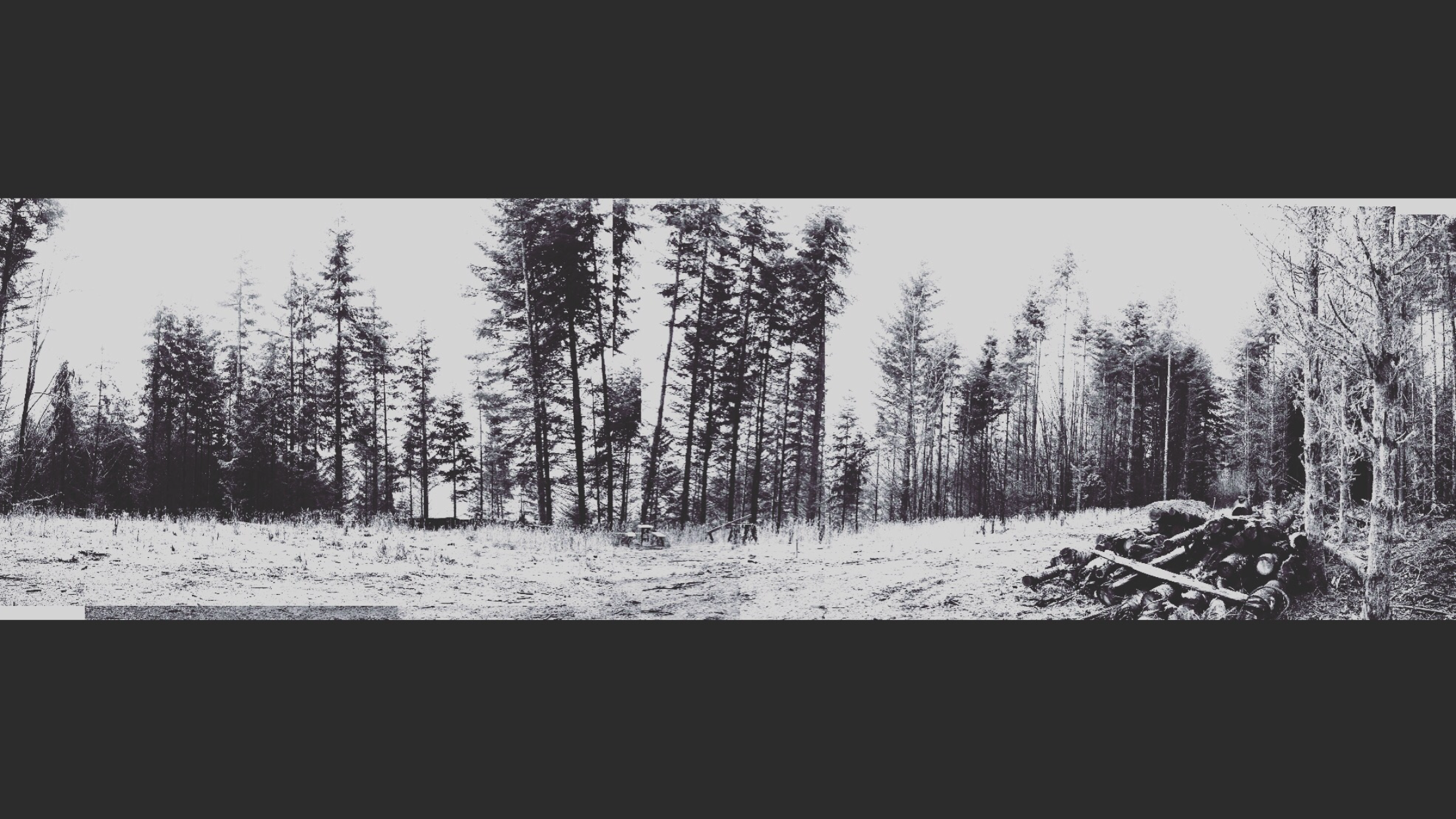"Only common things happen when common sense prevails."
Site
Carnation, Washington
DATE
Fall 2009
PROJECT PHASE
Schematic and Design Development
―
The initial architectural program is the result of meetings, site visits, visits to your current residence, questionnaires and input and discussion between architect and owners. There are prescribed must-have requirements such as number of bedrooms, baths, special considerations for work spaces, private spaces and public spaces. The program is agreed upon and the schematic design process commences with proposals of orientation of the main volume of the residence along with initial thoughts on the allocation of space within specific rooms. The design process from raw concept to initial vision to detail is critical to defining the ultimate experience as a homeowner and family will have living in the architecture. No matter how good the built quality of the space, the design is the critical element in getting all aspects of proportion, scale, connection to make it a memorable place to inhabit that is both beautiful, functional, flexible and sustainable over time.
Insights
Vision
The first concept for our project came across in a hand-drawn sketch by the principal architect Tom Kundig. It included a rough schematic floor plan based on the program and an elevation view showing off the relation to the site and volume of the space. The analog nature of it was quite emotional and inspired a lot of excitement for the raw potential of the architecture. The human connection to the lines and artistry of the concept sketch focused on the bigger picture, the potential of the project. Concept to schematic design sharpens the hand drawn line to the almost too perfect digital rendering in the schematic phase. The sketch is the heart and in fact we proudly display the original first sketch of Maxon House framed up as a reminder of the original vision and sticking to it as close as possible throughout the journey. Ultimately you invest deeply both financially and emotionally in the design process. The details are things that make the experience of the space memorable and the focus on keeping design programs simple but playing up critical details that you interact with and come into contact with everyday makes the outcome of the design process special. Back to the experience, the details make the design. In this manner the architect is sculpting the space as almost an industrial designed object at human scale and not loosing that connection is the thing everyone on the project team has to fight for when up against budget, time, quality throughout the project phases. You live in the design ultimately and no matter the built quality the design is the experience. Stay close to the vision. Make decisions throughout the process with the lens of how this protects the vision.
Details
“The details are not the details; they make the product." - Charles and Ray Eames -- There are a lot of things you'll end up spending a lot of money on that nobody will ever see or appreciate. But every detail does matter from the concrete form work to the door handles to the texture of materials and the little moments you encounter daily within the space that is designed for you. Anything visible is fair game for discussion and the role it plays and how you come into contact everyday with those details often shapes the experience and level of satisfaction you have with the space. Editing down materials and keeping volumes of the building form simple to put emphasis into the things that touch and move was a a critical strategy for our architecture team and a focal point for the firm. From a beautifully crafted drawer pull to a 1200 pound pivot steel front door, these are the interactions and details that bring joy every single day. The details are embedded within the grander vision and make it special. Hold onto the details. Sink your time, attention and dollars into the connections with the craftspeople that bring these to life and learn and appreciate the stories behind the details. This is what delivers the joy. Many of these things will end up costing a lot more than you can imagine but what you will remember over time is not the cost but the experience and the stories. Mind the details. They pay off in the long run.
Play
Just as the details are critical to the experience of living in the architecture the sense of play and fun whether through color selection, a kinetic moving element or a big "move" architecturally can add to the act of living in the space. It is easy to get lost in the money and stress of the process and forget to enjoy the act of design and building. "Only common things happen when common sense prevails" is a quote that leads off Tom Kundig's first book Houses and it was a way to play with some risks and unorthodox moves architecturally in our project. Things that had never been tried and adding twists to some concepts to make those spaces extra memorable and full of wonder would only happen if everyone at the table was willing to go on a bit of a ride together. The result isn't known, the outcome can be a bit cloudy but the potential of the sum of parts when you have the right team and great ideas can be beyond amazing. Make room for play.










